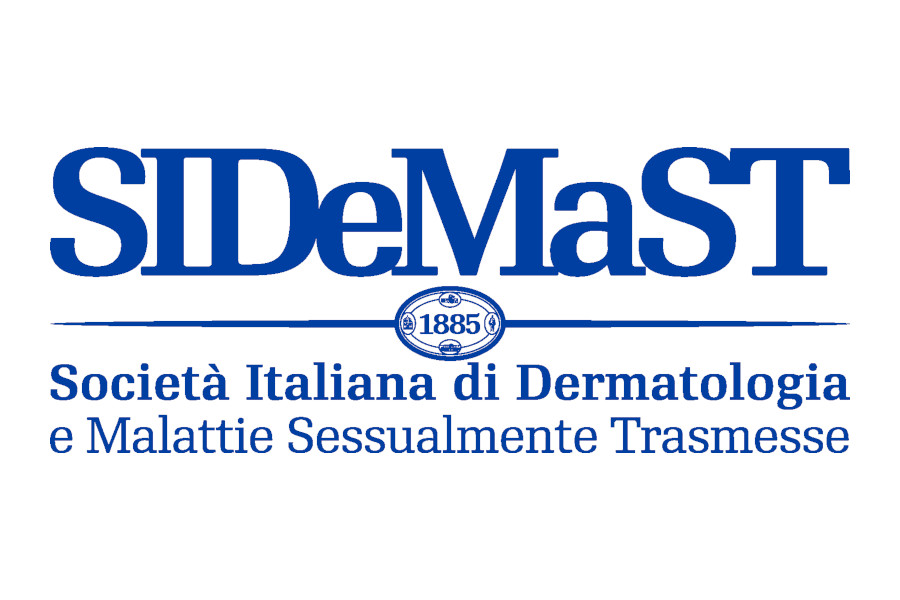An increased preoperative peripheral blood neutrophil-to-lymphocyte ratio (NLR) is independently associated with decreased overall survival (OS) in patients with high-risk melanoma (stage IIB to III), according to study results presented at the 68th Annual Meeting of the Society of Surgical Oncology (SSO).
The precise reason why an elevated NLR is a harbinger of poor survival of non-metastatic melanoma remains unclear, noted lead investigator Jeremy L. Davis, MD, Memorial Sloan Kettering Cancer Center, New York City, New York, speaking here on March 27.
Dr. Davis and colleagues used a prospective melanoma database to identify patients with pathologic stage IIB to III melanoma who were being treated at Memorial Sloan Kettering. Patients with multiple primary melanomas and concurrent haematologic or other metastatic malignancies were excluded. Blood samples that had been obtained within 2 weeks of surgery were used to calculate the NLR. OS was calculated from the date of surgery to the date of death from any cause or last follow-up.
The team identified 835 patients with high-risk, non-metastatic melanoma. The median NLR was 2.73. Patients with ratios above and below this value were classed as high NLR and low NLR, respectively.
Patients with median NLR did not have appreciable differences in tumour location, ulceration, clinical node status, pathologic nodal status, or pathologic stage of melanoma. High NLR was associated with increasing age, male gender, and greater tumour-dimension thickness. High NLR was also strongly associated with poorer OS, with the median OS for patients with high NLR being 58.8 months and the median OS for patients with low NLR being 103.2 months (P < .001).
In a multivariable analysis of survival (including nodal status, tumour depth, ulceration, age, and gender), high NLR still independently predicted worse OS (odds ratio [OR] 1.24, 95% CI 1.00 to 1.53; P < .05).
The majority of patients in this study were male (2:1 ratio), with an average age at diagnosis of 62 years. Median follow-up was 48 months for patients alive at last contact.
The accumulation of inflammatory cells around neoplasms appears to be significant in the development of tumours and in patient prognosis, the researchers noted. A high density of lymphocytes in the tumour stroma (i.e., lower NLR) has been associated a better clinical outcome; the presence of more neutrophils (i.e., higher NLR) has been linked with poor clinical outcome. The shifting content of circulating white blood cells, including neutrophils and lymphocytes, in the vicinity of a tumour can reflect the systemic inflammatory response.
Absolute numbers of these cells can fluctuate to different degrees on a daily basis, however. Determining the NLR, which represents the relative value of neutrophil and lymphocyte counts, more accurately reflects fluctuations between neutrophils and lymphocytes, and can better gauge the anti-tumour efficacy of the host immune system. As a high NLR correlates with either more neutrophils or fewer lymphocytes, a higher NLR can indicate a relative lymphopaenia.
Dr. Davis and colleagues concluded that elevated NLR is interesting as a prognostic factor of survival. They expressed hope that the parameter could be developed therapeutically, with elevated NLR triggering a more intensive therapeutic course.
Funding for this study was provided by Memorial Sloan Kettering Cancer Center.








